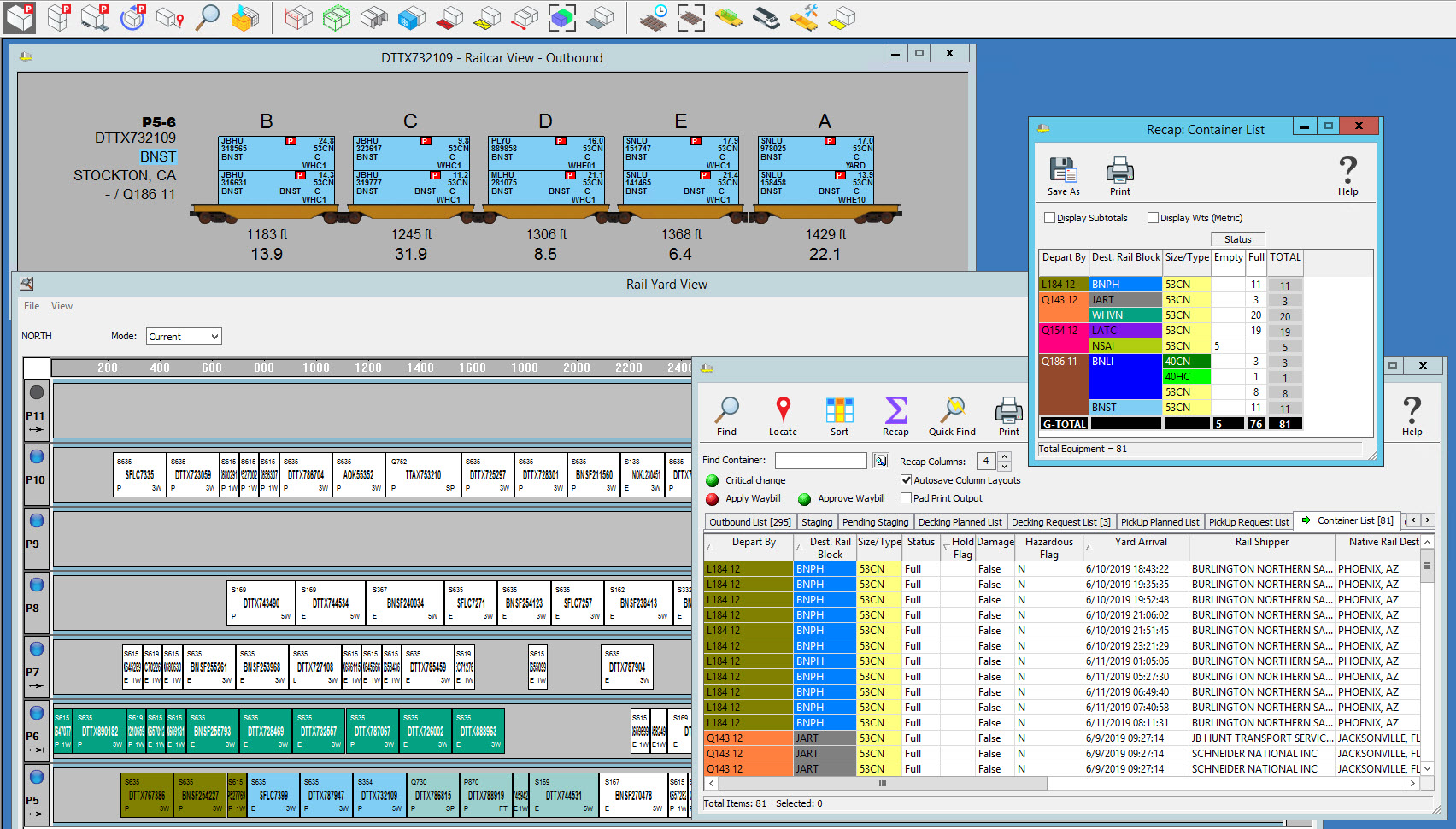
5 steps towards a Terminal Operating System
March 3, 2022
A terminal operating system helps a terminal be more efficient. This is what we have learnt from best practices and those who have embraced digitalisation as the future for rail. But, which system is the right one? And where do you start your search? This is wisdom much less taken for granted. We asked Tideworks, a US-based IT company with offices in Rotterdam and Latin America, to walk us through the first steps towards a TOS.
“Before identifying TOS providers, a terminal should first take several questions into consideration to help in their analysis. Knowing the answers to these questions, and ultimately what they are looking to achieve as a business, will help in analysing various providers”, says Sicco Bosscher, regional business development manager EMEA at Tideworks.
The company published the Intermodal TOS Decision Guide, setting out the questions companies should ask themselves, and ask the TOS provider. “From the initial project phases through implementation, we partner with our customers to find the best solution for their terminal’s needs. And our partnership doesn’t end when their terminal is live”, he says.
Step 1 – Identifying your needs
The first question a company should ask itself is what the desired business objectives and expected benefits are, the company explains. “What are you hoping to accomplish with a new TOS? It is crucial for terminal operators to identify key goals and objectives and then design metrics to track their progress. Once you have a sense of your goals, ask yourself if your current systems are up to the task. And if it is not, what is missing. What are the pain points? And are these resulting in lost customers or revenue?
“Terminal operators have continued to feel pressure to do more with less to satisfy their customer base and provide ROI to shareholders and investors. Our challenge as a technology partner is to continue finding innovative solutions that support terminal operators in increasing their efficiencies, whether it be automating processes, optimising the utilisation of costly assets, or gaining visibility into operational data that allows them to make decisions to drive positive margin growth.”
Step 2 – What do you have in place?
Once a company knows what it needs, it will need to see how this integrates with what it already has. This is explained by Tideworks as integration points: who are your integration partners and vendors?
“Put another way, what are your current systems that a TOS will exchange data with such as, OCR, EDI, PDS? And what other vendors are you speaking with in pursuit of your growth goals? How will those purchases influence your TOS needs? Getting a handle on these will help you evaluate various TOS solutions and providers.”
